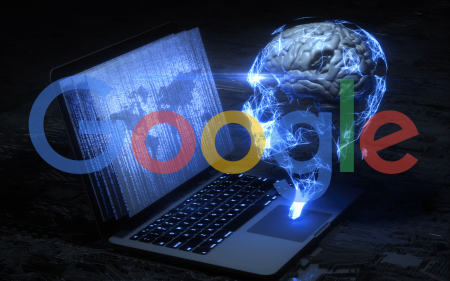It’s strange to imagine that this once obscure company that specialised in once nascent voice recognition software, has grown into such a prized acquisition that Microsoft this month paid $19bn.
You may think you’ve never used Nuance’s technology, but if you’ve ever said “Hey Siri” you’re using Nuance’s voice-recognition technology that Siri is built on. It’s Dragon Naturally Speaking products are much better known, and were pioneers in helping people speak to their computers instead of typing.
Nuance has found a fertile niche in healthcare – half of US physicians and 77% of US hospitals use it – which Microsoft wants to combine into its cloud strategy for the health sector. Nuance’s Healthcare Cloud offering grew 37% year-over-year at the end of 2020, making it financially attractive too.
With the infinite and untapped potential of cloud computing and the nascence but rapidly growing field of artificial intelligence, Nuance fits very nicely with Microsoft’s much broader cloud computing aspirations.
It has been the steady number two behind Amazon’s AWS division, but its $59.5bn cloud revenue in 2020 was higher than Amazon and Google combined, according to analysts Compra Acciones.
Microsoft clearly understands the future is going to be cloud-computing and has therefore capitalised on its powerful divisions to all fit into that, including its brilliant Xbox gaming division, which also last September acquired ZeniMax Media and game publisher Bethesda Softworks for $7.5bn.
In the same way that water companies sell plastic bottles, what Nuance became a specialist in was listening.
Voice recognition is one of the amazing features of the human mind, and its brilliant brain born of our ancestors ability to use tools that allow them to kill animals alongside the all-important ability to make a fire to cook them. This gave us this brilliant bonanza of calories that allow our extraordinary forebrain to develop.
Nuance is able, through its artificial intelligence (AR) component, to determine a lot from the tone, timbre and the characteristics of the human voice. This allows the AI to understand, that ever important extra capacity skill of AI to mimic human understanding, and interpret verbal micro gestures, as it were, in the human voice.
Nuance can therefore tell if people are agitated, distressed or angry and move those callers higher up in a call centre queue.
It fits so wonderfully with all of the things Microsoft itself is doing, especially its Azure cloud services and its own very strong AI initiatives.
One of the brilliant products released three years ago was a multisensory monitor that emerged out of the Xbox Kinect device, and which can now monitor patients in hospital rooms. It can predict things like people falling out of bed and alert nurses beforehand.
Microsoft’s truly remarkable HoloLens 2 headset uses Augmented Reality (AR) to enable a next generation kind of surgery with surgeons are able to see overlays of bones, nerves and blood vessels as a useful guide when doing keyhole surgery depicted using a are on the body of the patients as they perform pinhole surgery.
Personally, I had hoped Microsoft’s purchase was to resurrect the excellent Swype keyboard, of which I have been a fan for years. It’s even better than Microsoft’s own predictive mobile app SwiftKey, which could do with Swype’s superior ability. I’ve been using it for years and only recently discovered the occasional glitch was because Nuance stopped working on it. Hint, hint.
This article first appeared in the Financial Mail.




